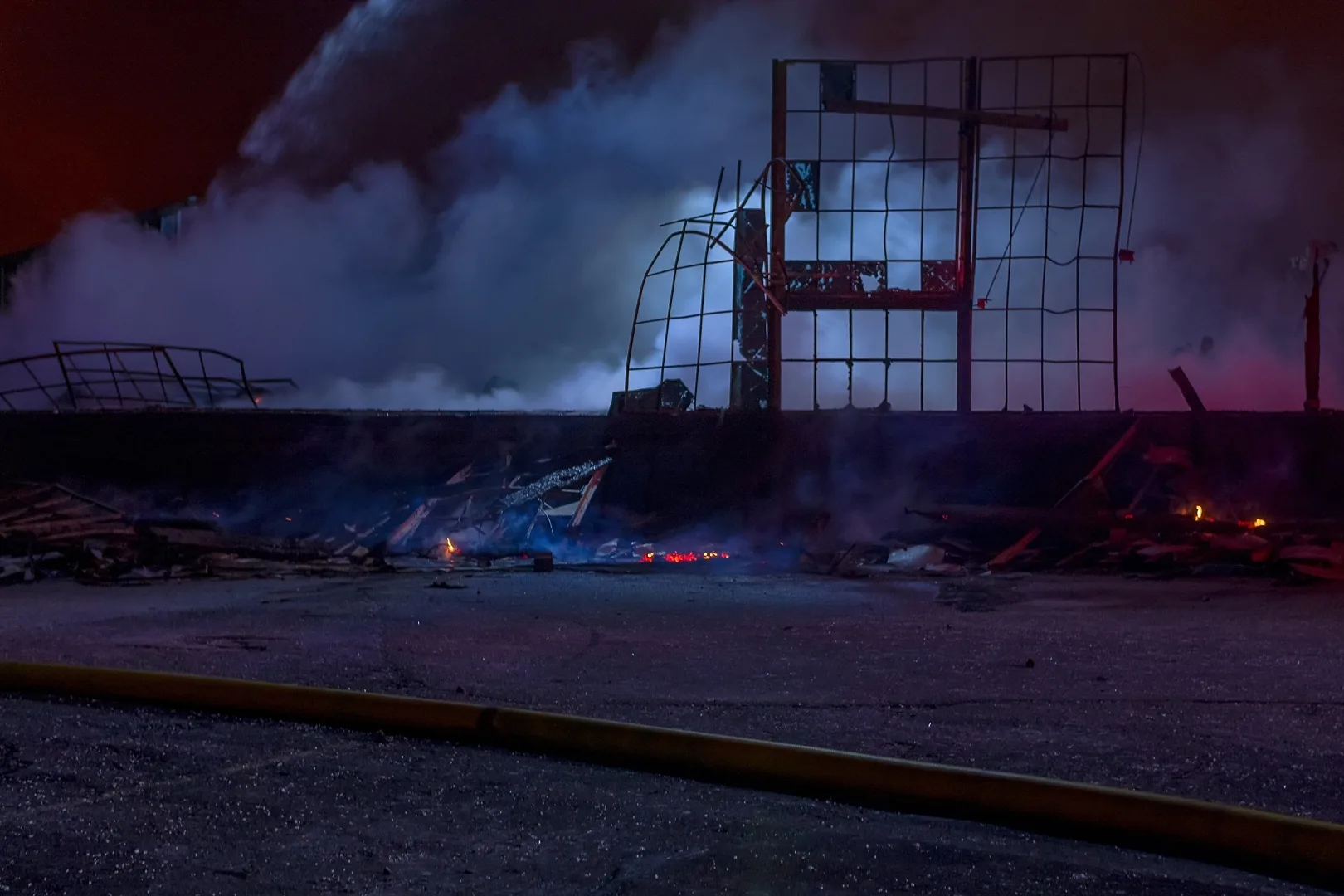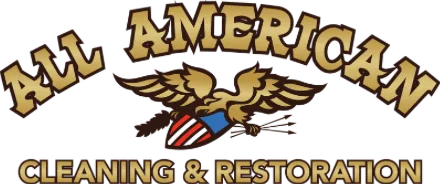
A fire, no matter how big or small, leaves behind more than just visible damage. Even if you quickly extinguish the flames, smoke still infiltrates your home, causing significant damage to your property and posing serious risks to your health. It’s important to understand the hidden dangers of smoke damage, so you can properly clean up, restore, and protect your home and the health of you and your loved ones.
Types of Smoke
Dry Smoke — High-temperature fires, often started by paper, wood, and building materials, can cause dry smoke. This smoke leaves behind a powdery residue that can settle into crevices and small cracks.
Wet Smoke — Wet smoke is caused by low-heat fires fueled by plastic and rubber goods. It leaves behind a black, greasy residue and makes a room smell like burnt plastic.
Protein Smoke — Protein smoke comes from burnt organic matter, most commonly involving meat, eggs, or other proteins. While it doesn’t leave behind stains or smears, it can turn walls yellow and put off a strong odor.
Fuel Smoke — Burning oil, petroleum, or other fuels creates fuel smoke. The residue it leaves behind can be hard to remove once it settles. Most materials are irreparable if contaminated.
The Lingering Effects of Smoke in Your Home
Smoke doesn’t just disappear when the fire goes out; it seeps into everything — from walls and ceilings to carpets, furniture, and HVAC systems.
Staining and Discoloration — Smoke leaves behind oily, acidic soot that can cause permanent stains. Walls, ceilings, and countertops may turn yellow or brown.
Lingering Odors — The smell of smoke can linger for weeks or even months because of tiny particles embedded in porous materials like fabric, insulation, and wood. Conventional cleaning methods often aren’t enough to remove the odor completely.
Corrosion and Rust — Soot contains corrosive chemicals that can accelerate the deterioration of electronics, appliances, and metal surfaces. If not cleaned properly, it can cause irreversible damage and even create electrical hazards.
Weakend Materials — Smoke can penetrate and weaken materials, such as drywall, wood, and insulation, compromising the structural integrity of your home.
HVAC System Damage — Smoke can travel through your home’s ductwork and contaminate your entire HVAC system, not only spreading odor but also redistributing harmful particles every time it runs.

How Smoke Damage Can Impact Your Health
Beyond structural and aesthetic issues, smoke damage poses serious risks to your health — especially if exposure continues over time.
Respiratory Issues — Inhaling smoke particles can irritate your respiratory system and exacerbate conditions like asthma, bronchitis, COPD, and allergies. Even low levels of smoke can cause coughing, wheezing, shortness of breath, and throat irritation.
In severe cases, smoke inhalation can lead to chronic bronchitis or even lung damage.
Toxic Residue — Smoke contains a mix of toxic substances, including carbon monoxide, formaldehyde, and benzene. Prolonged exposure can lead to headaches, nausea, fatigue, and long-term health effects, especially in children, the elderly, and individuals with pre-existing health conditions. There is also a risk of carbon monoxide poisoning.
Skin and Eye Irritation — The chemicals found in smoke residue can cause skin rashes or eye irritation. If you’re cleaning up after a fire without proper protection, you may expose yourself to these irritants.
Mental and Emotional Strain — Living in a smoke-damaged environment can increase stress and anxiety. The persistent smell and health symptoms serve as constant reminders of the fire, possibly making recovery more emotionally difficult.
What You Should Do After Smoke Damage
Avoid DIY Cleanup for Severe Cases — Improper cleaning can make smoke damage worse. In severe or complicated cases, contact professionals trained in smoke and fire restoration.
Ventilate the Area — Open windows and doors and use fans to improve air circulation.
Avoid Using the HVAC System — Until it’s professionally inspected and cleaned, avoid using your HVAC system to keep from causing more smoke damage.
Document the Damage — Take photos and videos for insurance purposes and file a claim promptly.
Schedule a Professional Assessment — A restoration specialist can determine the extent of the fire and smoke damage and provide a plan for safe and effective cleaning and repair.
Note: Do not enter your home or attempt to clean up if it’s unsafe. Smoke can weaken the structural integrity of your home, putting you at risk. If you can enter safely, make sure to wear gloves, a mask, and eye protection.

Smoke Can Hurt You and Your Home
Smoke damage affects more than just the surface of your property. It compromises your home’s safety, comfort, and air quality long after the flames have gone out. Whether the fire was large or small, quick action is key to minimizing damage and protecting your family’s health. When in doubt, call in professionals to restore your home and make it safe and healthy again.
